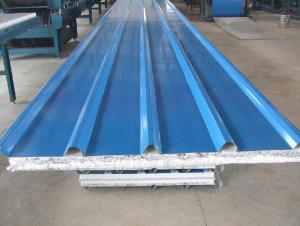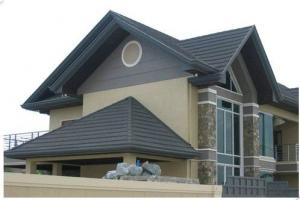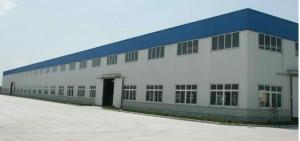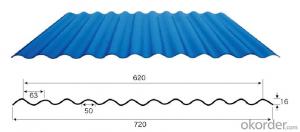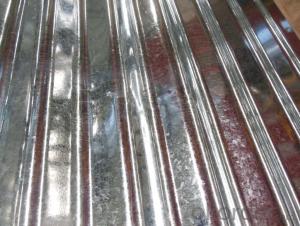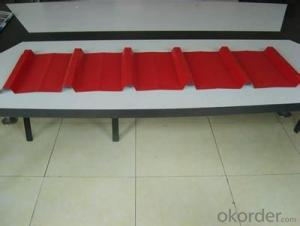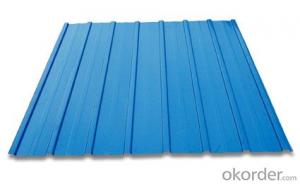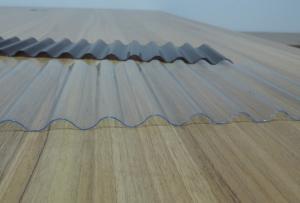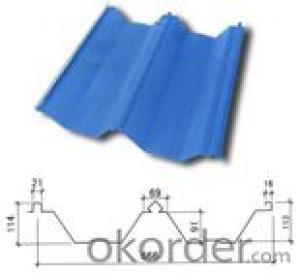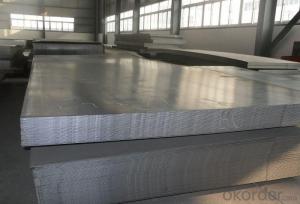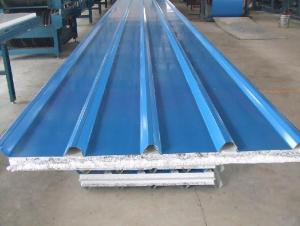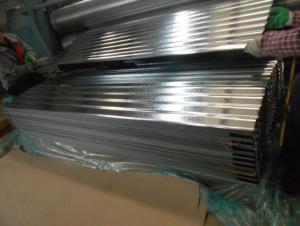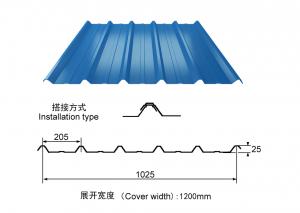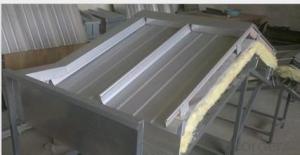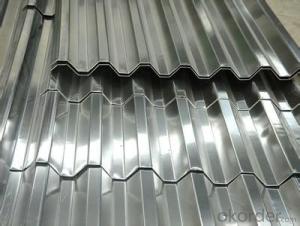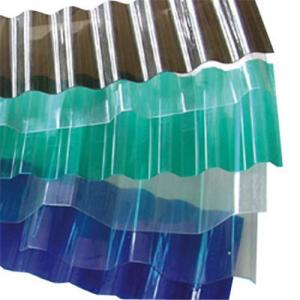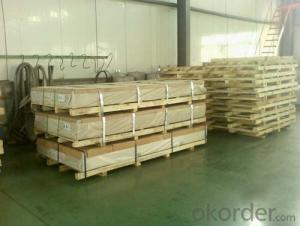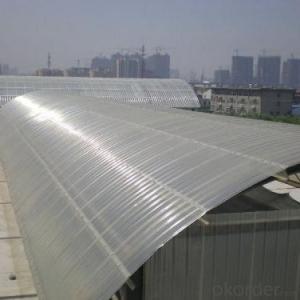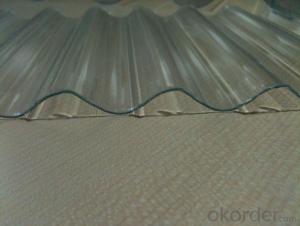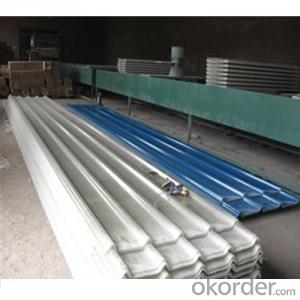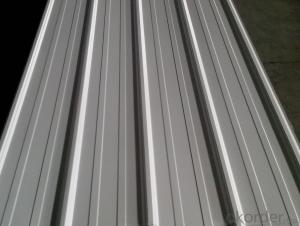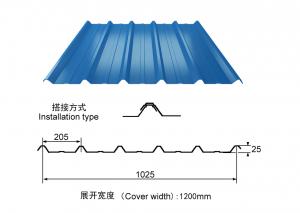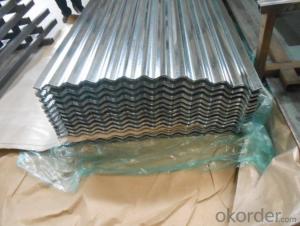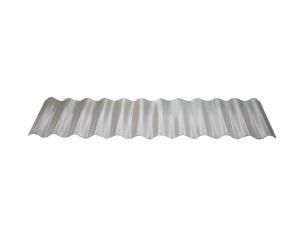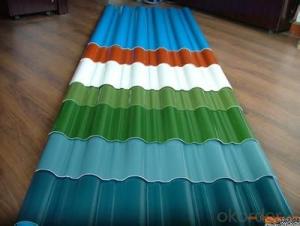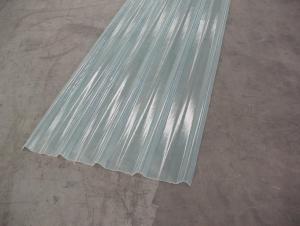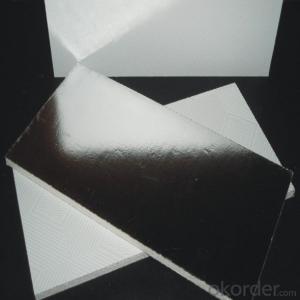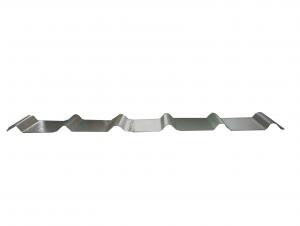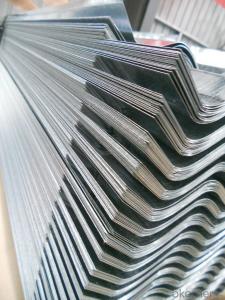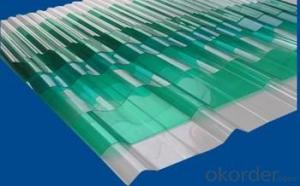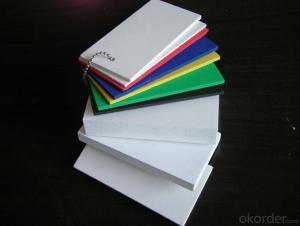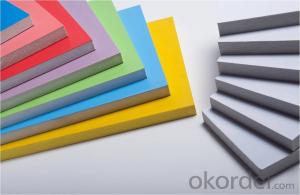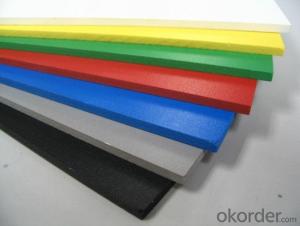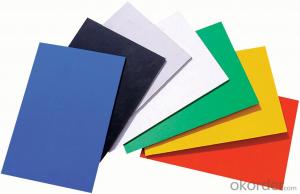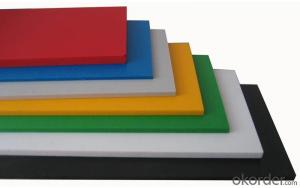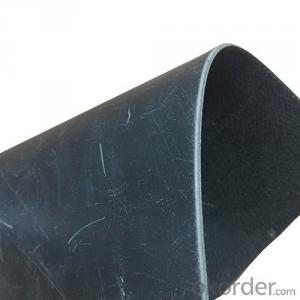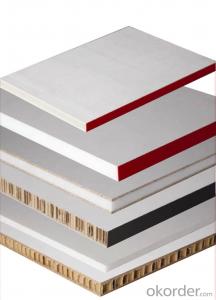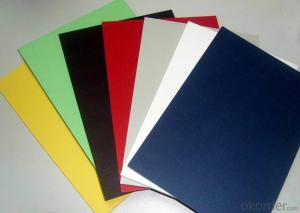Corrugated Shed Roof Sheets
Corrugated Shed Roof Sheets Related Searches
Corrugated Felt Roof Sheets 3 Inch Corrugated Roof Sheets Perspex Corrugated Roofing Sheet Corrugated Aluminum Sheet Clear Corrugated Perspex Roofing Sheets House Roof Sheets Corrugated Perspex Sheet Bituminous Corrugated Roofing Sheet Fitting Corrugated Plastic Roofing Sheets Coroline Roofing Sheets Fiberglass Sheets For Roofing Plastic Coated Steel Roofing Sheets Roofing Plywood Sheets Green Plastic Roofing Sheets Colour Roofing Sheet Corrugated Roof Sealant Heat Resistant Insulation Sheets Fiber Sheet For Roof Pp Roofing Sheets Imitation Slate Roofing Sheets Polycarbonate Sheet Roofing Corrugated Plexiglass Roofing Corrugated Polycarbonate Roofing Clear Perspex Roofing Sheets Roofing Sheets In Chennai Expanded Polystyrene Insulation Sheets Thin Hard Plastic Sheets Sequentia Corrugated Roof Panels Thin Stainless Steel Sheets Cold Rolled Steel SheetCorrugated Shed Roof Sheets Supplier & Manufacturer from China
Corrugated Shed Roof Sheets are a type of roofing material that features a distinctive wavy pattern, providing both strength and durability for various construction projects. These sheets are made from materials such as steel, aluminum, or fiberglass, and are designed to withstand harsh weather conditions while offering an aesthetically pleasing appearance. The corrugated pattern not only adds to the visual appeal but also enhances the structural integrity of the roof, making it a popular choice for sheds, garages, and other outdoor structures.Corrugated Shed Roof Sheets are widely used in a variety of applications, including agricultural buildings, industrial facilities, and residential properties. Their versatility makes them suitable for both new construction and retrofit projects, where they can be easily installed over existing roofs or integrated into new designs. The sheets are available in various sizes, colors, and finishes, allowing for customization to match the specific needs and preferences of each project. Additionally, their lightweight nature and ease of installation make them an attractive option for DIY enthusiasts and professional contractors alike.
As a leading wholesale supplier, Okorder.com offers a vast inventory of Corrugated Shed Roof Sheets to cater to the diverse needs of customers worldwide. With a commitment to quality and customer satisfaction, Okorder.com ensures that each order is carefully processed and delivered promptly. Their extensive range of products includes sheets made from different materials, catering to various budgets and requirements. Whether you are looking for a cost-effective solution or a high-end, durable option, Okorder.com has the perfect Corrugated Shed Roof Sheets to meet your needs.
Hot Products
